
There’s a lot more debate to pruning raspberries than is really necessary–especially when we talk about pruning them in the fall. A lot of the confusion is caused by people not know what kind of raspberries they have in the garden. The only raspberries you need to prune at this time of year are the Everbearing kind. Those aren’t really everbearing plants. It would be more accurate to call them fall-bearing raspberries. Most folks seem to call them everbearing because it’s a shock to see them producing a crop in cooler weather. [photo via wikimedia]
We prefer everbearing plants because…well, frankly, they’re just easier to grow than the spring-bearing variety. You get two harvests, also. That’s one in mid-to-late summer, and then the second in the fall. (They’re smaller crops, but we’re not greedy.) Everbearing raspberry plants need to be pruned for the fall season, though. Ignore the temptation to let them grow wild and larger. You won’t really get any more berries out of them. In fact, you’ll end up with more problems.
Pruning prevents a lot of diseases. We’re talking extreme pruning, too. We try to keep our raspberry plants in a tight row. That makes it easier for us to eye the necessary pruning. We try to cut back to a 12″ footprint. That’s in addition to the pruning we’ve done on any dead or diseased canes earlier during the season. It’s always a good idea to stay on top of those, just as with your blueberry plants.
The fruit of your raspberry plant will only grow on new raspberry canes. That’s why we’re so comfortable cutting back with some real vigor. All of the old growth has to be cleared out every year. Once we’ve had the first frost, the pruning is as simple as cutting all the canes right down to ground level. Other gardeners prefer to cut back to a height between one and three feet. They’re looking to see if the fruit will grow on the lower part of the cane. That’s also perfectly respectable. Maybe we just like hacking things down to the ground.
In any case, you should expect your shortened canes to be bearing new berries by June–and from the tops of the cane by August. These can produce fruit right up to that first frost. As winter sets in, the canes will look more like twigs, and then you’ll get some impressive growths later. We say that as fans of the Caroline variety of raspberries, but we also endorse the Heritage variety.
And we can’t discuss all this without mentioning the evil Raspberry Crown Borer [photo via omafra]…

Yes, it looks like a yellow jacket, but that’s really a pest that love raspberries and blackberries. That’s our best reason for cutting our canes down to the ground. These li’l creeps love to dig holes in the cane–so, if you don’t want to cut back, keep an eye out for them. We don’t have to worry about it. We’re hackers.



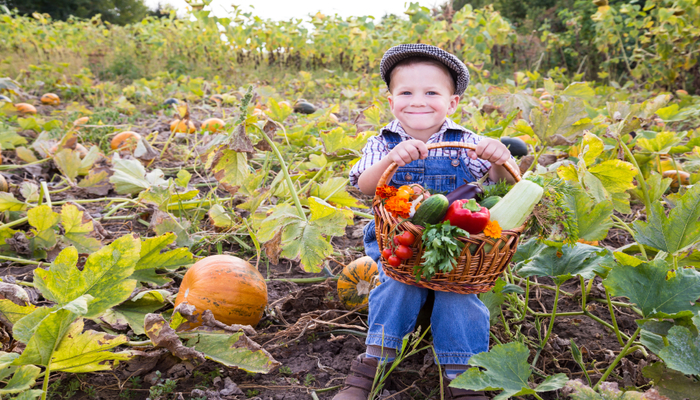
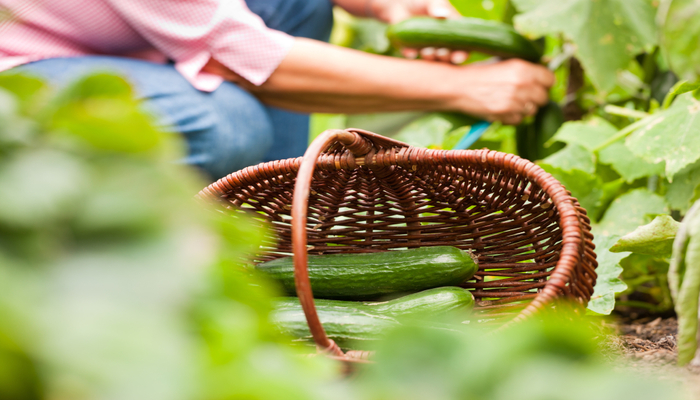
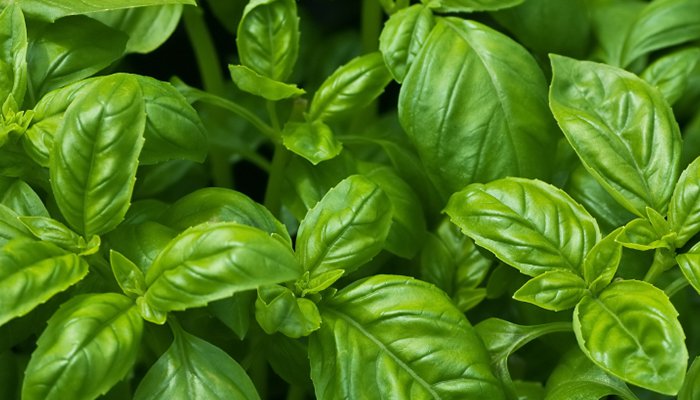




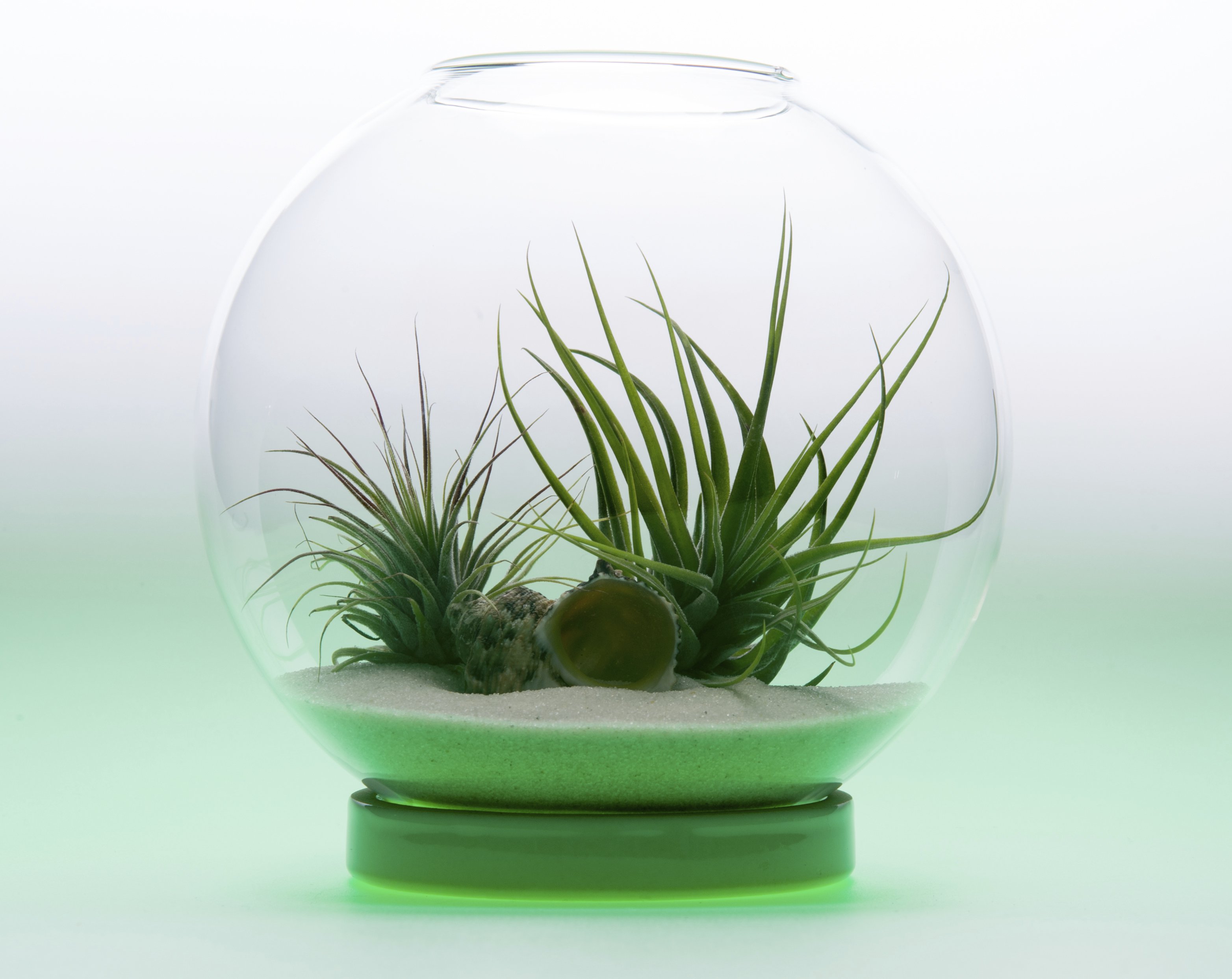
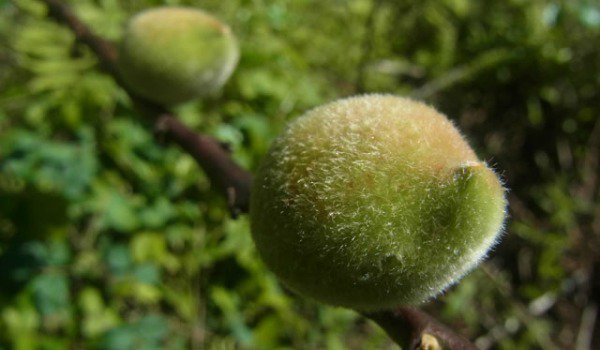
not sure if I’d ever be brave enough to grow a raspberry tree, but if I were to do it I’d follow these tips!